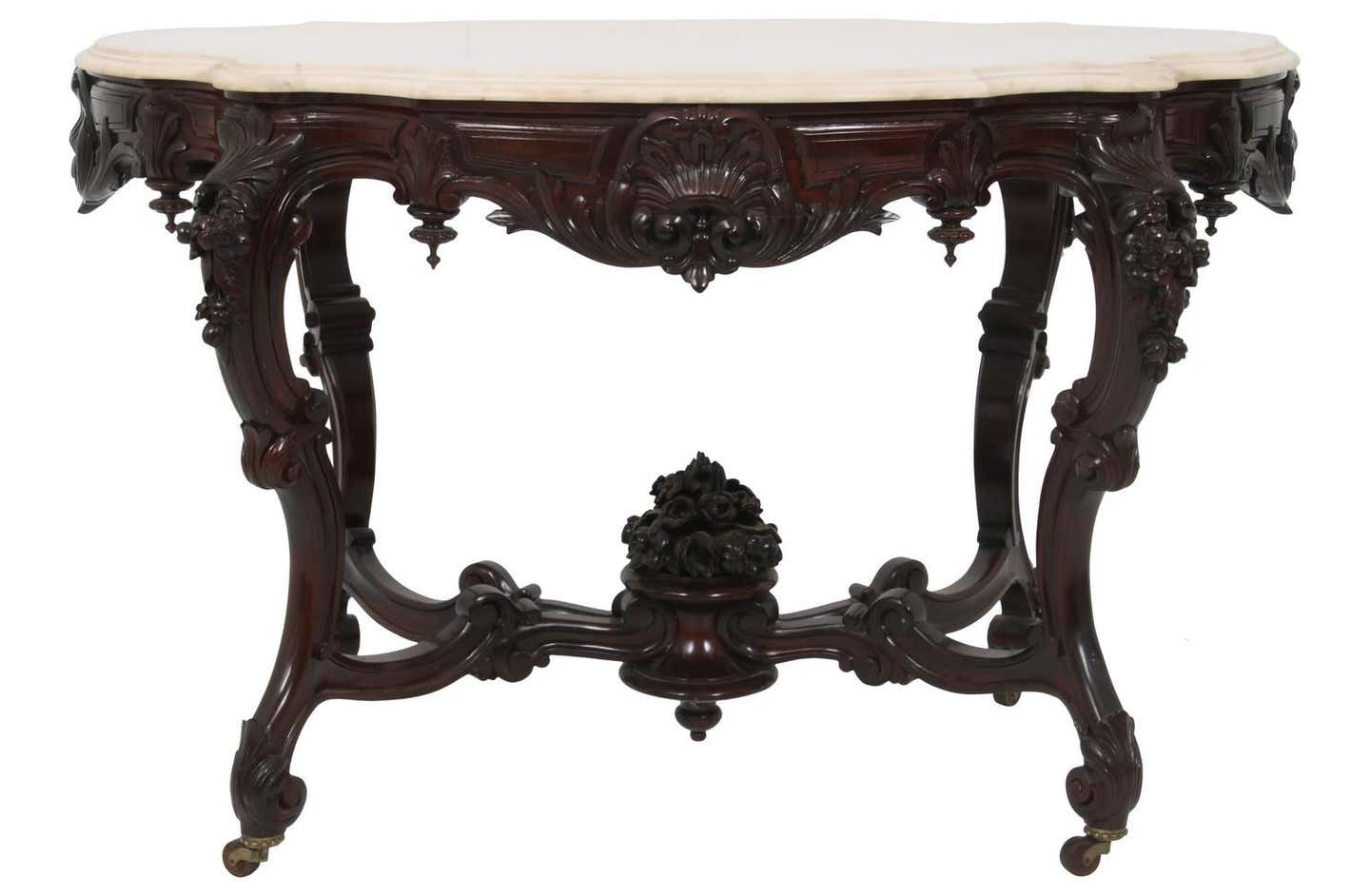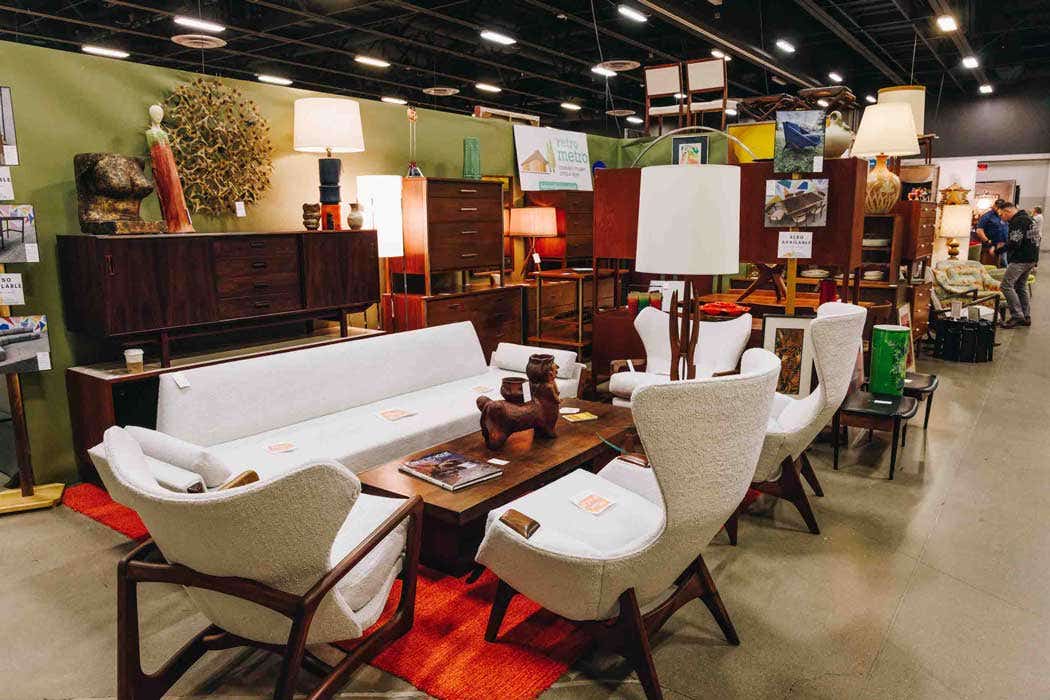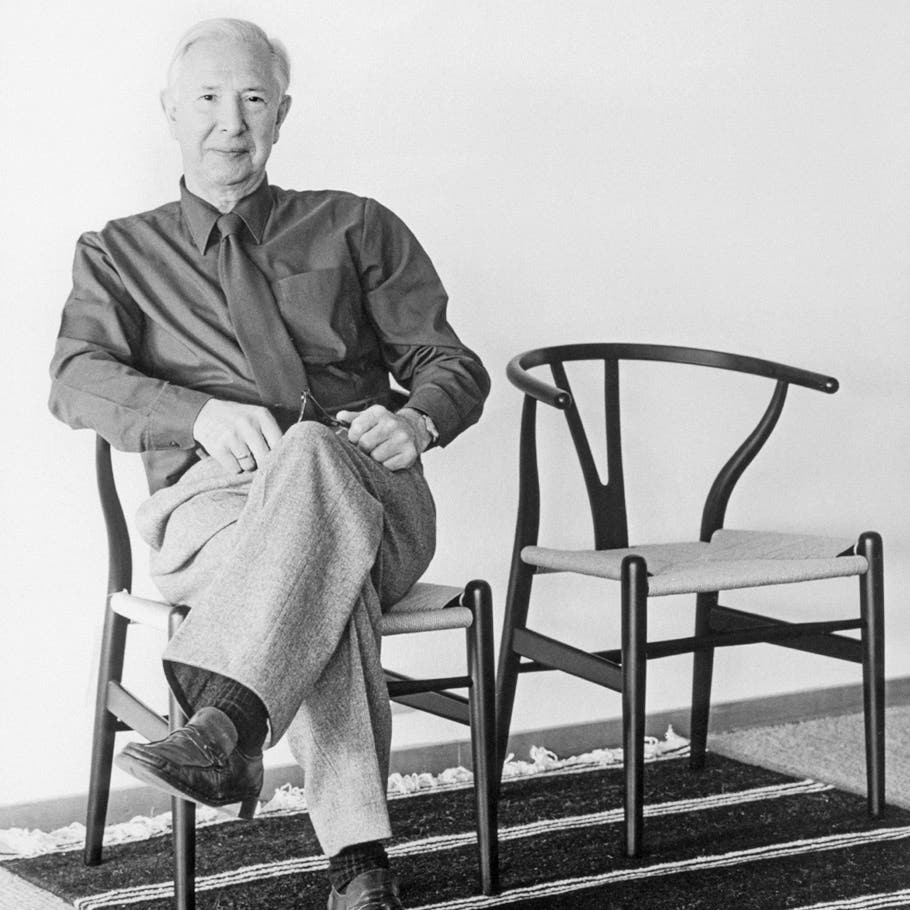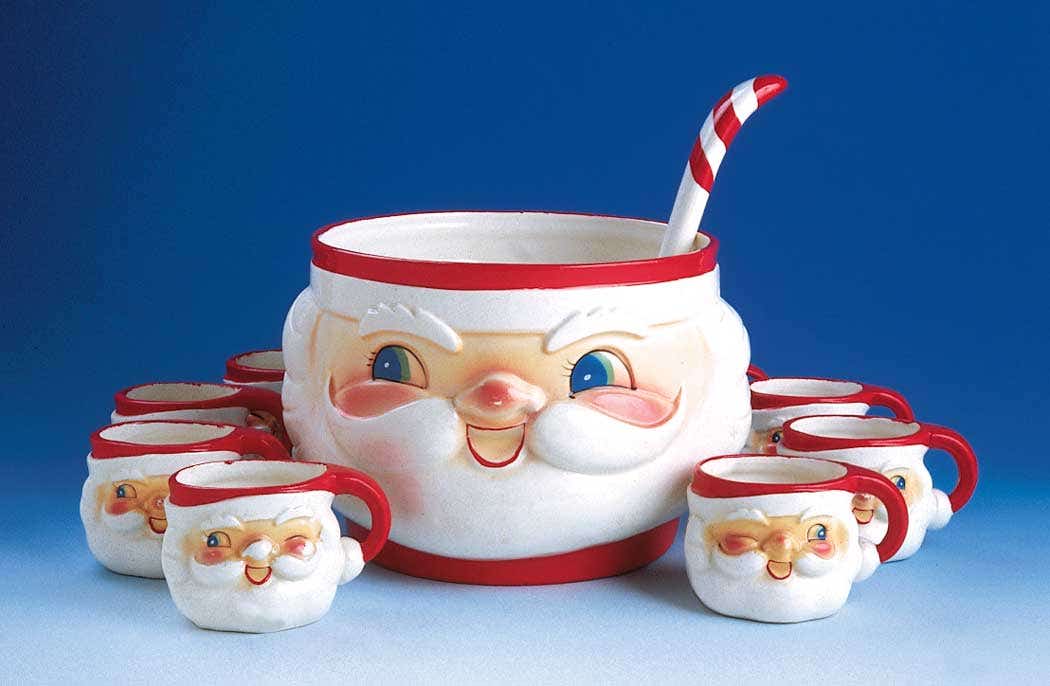When the chase is more compelling than the piece
Furniture Detective Fred Taylor leads us on a unique review of the acquisitions behind some of his favorite furniture pieces.
It is impossible to be around older and antique furniture for very long before you are inundated with the inevitable stories about certain pieces. Some of these “stories” can be a very important part of the history of an important piece. I have written about this category of story title “Hers, His or Whose? Provenance.”
Another category of story is the “family story” that explains, usually with lots of embellishments and literary license with little or no regard for the facts, the history of a piece according to old family legend. I debunked a lot of old family history in “The Family Story.” (I will be happy to email free copies of either article to any one who requests them by email.)
But there is another category of stories about furniture. That is the category of the tale of acquisition by a first generation owner even though the piece itself may be hundreds of years old. In some cases the chase and capture is more interesting than the piece.
Never Underestimate Value of a Piece's Past
I know that nothing I own is of consequence in the upper end of the antique furniture trade. I even have a letter to that effect from Leslie Keno when I sent photos of a piece to Sotheby’s.
He politely and correctly, as it turned out, informed me that my Philadelphia Empire breakfast
table was not of the quality the auction house would be interested in handling. That’s fair and forthright.
But I still like the table and it has good story. In my years in the furniture restoration business I frequently had owners of local “junk” shops ask me to take a look at some new treasure that wandered in. In most cases it was really was just another piece of junk.
On one occasion that turned out to be the case on the reason for the call but on my way out something caught my eye. It was the heavily carved pedestal, legs and feet on a drop leaf table. The shop owner said it was an Asian import but I didn’t think so. I turned it over to examine it from below, with permission of course, and removed a screw from the brass wheel. It was handmade!
Restoration Work Creates Opportunities
I gave the owner $100 for the table. Then I showed it to a local dealer who knew the real thing when he saw it and he identified it as from Philadelphia circa 1825-1830 by the style of carving, the square inlaid brass and ebony patterns on the pilasters and the diamond checkerboard pattern on the skirt. It won’t make my children rich but it is a nice table and its worth a lot more than $100.
A good customer called me one day to take a look at some articles of furniture that were to be included in the sale of a family estate. They wanted to know restoration costs on various pieces in case a family member wanted to buy them. A local appraiser had already cruised the inventory and identified each piece and assigned it a fair market value. In the detached garage was a nice mahogany dining table with pedestal bases.
I inquired what the appraiser had written about the table. Turns out she had just walked by it and never gotten down on her hands and knees to take a close look (high heels, hose and all that). I did. It was two separate halves of a tilt top table, joined in the center by brass forks. Each 32-inch wide tilting top section contained a single mahogany board. The brass hardware was hand hammered and the top had satinwood inlay on the edges. There was a 20-inch-wide leaf that fit the table and came with its own forks.
Appreciating the Act of Acquisition
I asked the appraiser’s description and value. It was appraised as a 1940s mahogany veneer table with a value of $400. I shared my view that it was a late 18th century Georgian table probably worth a great deal more than $400 but since the family was willing to take that, given the appraisal figure, would they sell it to me for that? Sure – with the provision that it was for my personal use and not for resale. Worked for me.
Upon further review, it turns out the table is a marriage of an 18th century top with a nice pair of mid 19th century pedestals but it has served me well for many years as my dining table and I actually own at least a piece of something from the 18th century.
I was doing some touch ups one day for a wealthy customer. He was the third generation first born male whose sole job it was to manage the family fortune. His pieces included a magnificent 16-foot-long multi-section dining table with Sheraton style columnar bases, circa 1815. He described the set of 12 period Chippendale chairs that had accompanied the table in his youth before his mother tired of them and replaced them with modern, fully upholstered seating. Asking if I knew where he could find a decent set of chairs, I said I didn’t but I knew who to refer him to.
Memorable Restoration
He called me some months later to thank me for the referral. He had acquired a set of 10 Regency
chairs about the same age as his table for a mere $1,500 per chair. Must be nice and I had to admit the chairs were handsomely done with nice brass stringing in the crest rails and the English chairs fit nicely with the American table.
Two months later the dealer who facilitated the chair purchase called me to say he had just acquired a very similar, though not quite so fancy, set of chairs. They could be mine for only $400. While that seemed like a great price considering the other set had cost my customer $1,500 each, I just couldn’t shell out $1,600 for a set of chairs with two kids, etc. I called to graciously decline his generous offer but he said I had misunderstood. The entire set was mine for $400, which was his cost. It was my reward for the original referral. I was happy to oblige. Now my 18th century English table top had a set of chairs from “Jolly Olde” and they weren’t that much younger.
I later acquired an early Empire sideboard for the dining room but that story and the five year restoration process is too long for this space.
Pieces for Places of the Heart
When Gail and I bought our first house we also bought a Depression era four piece bedroom suite that served us well for many years. But we had the hots for something else and we were starting to like some of the Late Classicism pieces. Of course we didn’t know they were called that. We thought, like everybody else we knew at the time, that the big stuff with the sweeping curves was “Empire.” So we went to auctions. But we never bid.
Then one night in a preview we saw exactly the bed we wanted. It was an Empire sleigh bed with scalloped side rails and original bolts, in very good condition. We decided we would bid up to $500 but not a cent more. Most of the auction was oak, acquired by dealers in the summer during their tours of the Midwest. And most of the bidders were “snowbirds” down in Florida for the winter from the Midwest. They were busily buying up the oak to take back home. When the bed came up nobody opened at $100. I waited for $50 and tentatively held up my bid card.
It was my first ever bid. I didn’t hear what the caller said next but I thought he said he had $75. So I raised my card again. Turns out that he did not have another bid and I had outbid myself at $75 for the bed! It was OK. I would have paid more.
Influence of Stories
None of these stories have anything to do with the history or value of any of my furniture.
But, each piece does have its own story, and if my grandkids are interested, someday maybe I will regale them with the action.
If you like what you've read here, we invite you to check out the ebook version of the Standard Catalog of Ford, 4th Ed.
Learn more about this ebook>>>
With more than 30 in the antique furniture business, Fred Taylor is a household name when it comes to the practical methods of identifying older and antique furniture: construction techniques; construction materials; and style.








